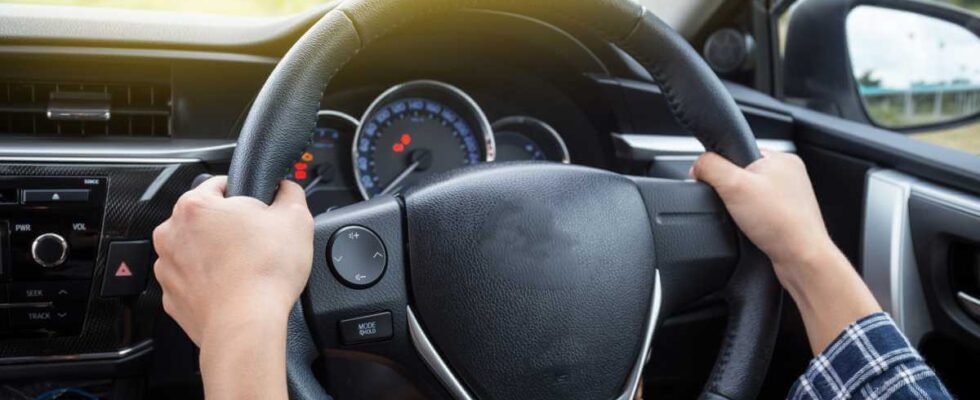When your car’s steering fails, you’re not just facing an inconvenience. You’re dealing with a serious safety hazard. Steering failures can lead to crashes, causing harm and financial strain. Understanding your rights in these situations is crucial. In defective vehicle design claims, steering failures often fall under crash liability. This means that if a crash occurs due to a steering defect, the manufacturer may be responsible for damages. You need to know what steps to take if you suspect a steering failure. Start by documenting everything related to the incident. Seek legal advice to explore your options. Make the manufacturer accountable and keep roads safer for everyone. Discover more about how to protect yourself and pursue a claim when a steering defect leads to a crash. Empower yourself with the right information and take action to hold manufacturers accountable for their design flaws.
Understanding Steering Failures
Steering failures occur when the mechanisms that control the direction of your vehicle malfunction. This can happen for several reasons including mechanical defects, poor maintenance, or faulty design. Some common signs of steering problems include unusual noises when turning, difficulty in steering, or the vehicle pulling to one side. If you notice these signs, act immediately to prevent potential accidents.
Legal Rights and Crash Liability
When a steering defect causes a crash, manufacturers may face liability. This means you could receive compensation for damages, injuries, or other losses. It’s important to gather evidence such as repair records, witness statements, and photographs of the defect or crash scene. An attorney can help you navigate the legal process and ensure you understand your rights.
Steps to Take After a Steering Failure
- Document everything: Keep detailed records of any repairs, incidents, and communications.
- Report the defect: Notify the manufacturer and relevant authorities about the defect.
- Seek legal advice: An attorney can provide guidance on how to proceed with a claim.
Comparing Steering Failure Causes
| Cause | Description | Potential Liability |
|---|---|---|
| Mechanical Defect | Issues within the steering mechanism. | Manufacturer |
| Poor Maintenance | Lack of regular upkeep. | Vehicle Owner |
| Faulty Design | Inherent design flaws. | Manufacturer |
Statistics on Steering Failures
The National Highway Traffic Safety Administration (NHTSA) provides data on vehicular defects and recalls. According to their reports, steering issues account for a significant portion of vehicle recalls. Staying informed about recalls can prevent accidents and keep you safe.
The Importance of Holding Manufacturers Accountable
Making manufacturers accountable for steering defects not only provides justice but also ensures they take corrective measures. This helps in improving overall vehicle safety standards. When manufacturers face claims, it encourages them to focus on quality and safety in design, ultimately protecting future consumers from similar issues.
Conclusion
Steering failures in vehicles pose serious safety risks that can lead to accidents and liabilities. Understanding your rights and the steps to take if you experience a steering defect can protect you and others. By holding manufacturers accountable, you contribute to safer roads and vehicles. Remember that proper documentation and legal guidance are key in pursuing claims effectively. Stay informed and proactive in addressing vehicle defects to ensure safety for yourself and your loved ones.


